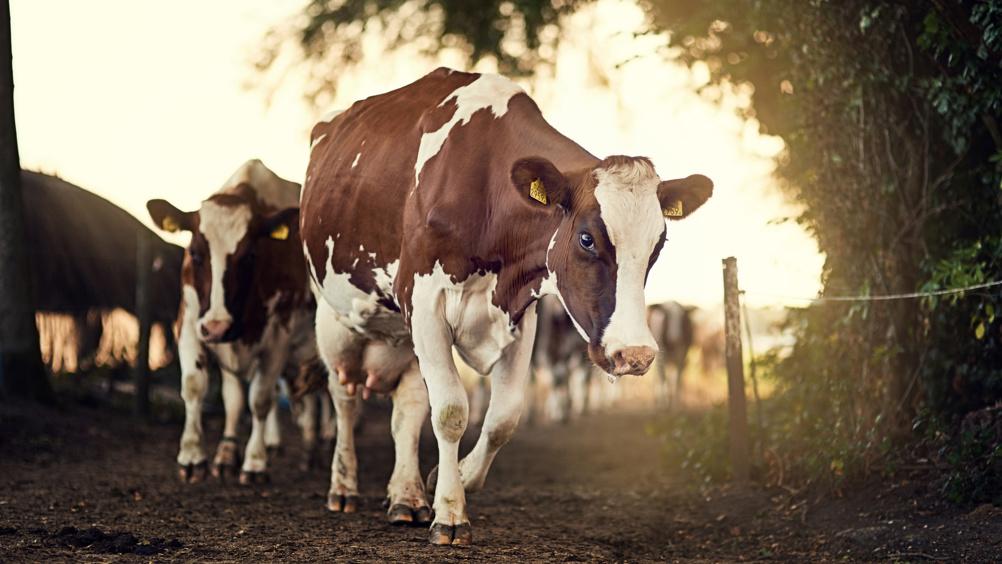References
Genetic selection to reduce lameness in dairy cattle

Abstract
The high prevalence of lameness in dairy cattle is a critical issue for the industry. Despite having a low heritability, considerable genetic variability is associated with the risk of lameness; therefore, genetic selection can be used to complement management-based approaches to reduce lameness in dairy herds. The Lameness Advantage genetic index, available for all recorded and evaluated dairy animals in the UK, is an estimate of an animal's genetic predisposition to lameness. It has been shown that cows with higher Lameness Advantage values had a reduced incidence of sole lesions, digital dermatitis, and lameness; therefore, breeding to increase the average Lameness Advantage value of a herd could be beneficial. This can be readily achieved by breeding replacements from bulls with a Lameness Advantage value that is above the herd average; this is a low-cost and effective strategy that all farms could implement almost immediately to improve foot health. It is important to ensure a balanced approach to genetic selection by first selecting the parents of the next generation on their overall profitability index (eg £PLI, £SCI or £ACI), followed by secondary selection criteria to address specific breeding goals.
The average 305-day milk yield of American Holsteins has increased five-fold over the past century (Miglior et al, 2017), with approximately half of the production increase attributable to genetic improvements (Cole and VanRaden, 2018). This demonstrates the remarkable genetic progress achievable with focused genetic selection. However, unfavourable genetic correlations between production and fitness traits contributed to a genetically driven decline in the fertility, health and welfare of dairy cows during the latter half of the 20th century (Jones et al, 1994; Oltenacu and Algers, 2005). A change in selection practices has reversed the direction of this trend for traits such as fertility (Berry, 2018; Cole and VanRaden, 2018), but high-producing dairy cows are still poorly adapted to some aspects of their current environment. One example of this is the intractably high prevalence of lameness in UK dairy herds. A recent meta-analysis found that, on average, around one in three dairy cows in the UK are lame at any point in time, with little indication that this high prevalence is reducing (Afonso et al, 2020).
Register now to continue reading
Thank you for visiting UK-VET Companion Animal and reading some of our peer-reviewed content for veterinary professionals. To continue reading this article, please register today.

